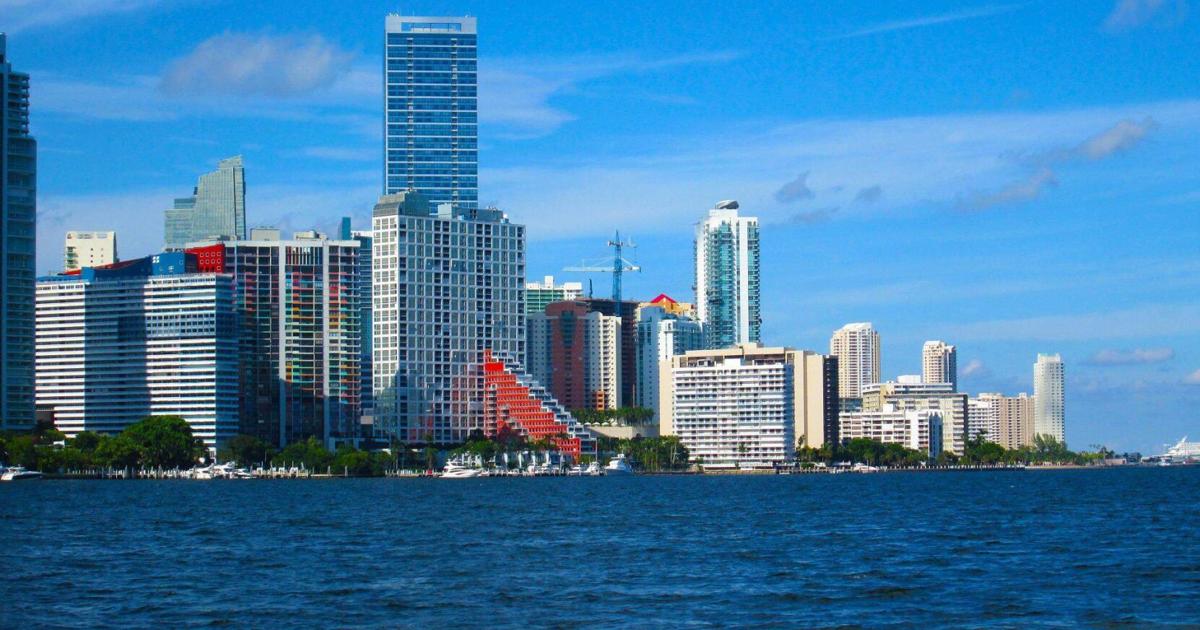Why Florida’s Inflation Is Now the Worst in the U.S.

Florida has become the U.S. inflation hotspot, with more than 2.5 million residents of the Miami-Fort Lauderdale-West Palm Beach area living with a 9 percent inflation rate for the 12 months ending in April. This is according to new data from the Bureau of Labor Statistics mentioned by CNN.
This rate is more than double the national average of 4 percent core inflation, according to the Consumer Price Index for May, the latest data available. Phoenix reported 7.4 percent inflation in the same period, followed by the Tampa-St Petersburg-Clearwater metropolitan area with a 7.3 percent CPI for the year ending in May, according to the news company. The lowest inflation rate in metro areas analyzed by the Bureau of Labor Statistics at a national level was reported in Minneapolis-St Paul at 1.8 percent and Hawaii at 2 percent.
“Florida has seen a major influx of in-migration over the course of the pandemic, drawing remote workers and retirees by offering sun-drenched coastal living at a serious discount compared to California,” Nicole Bachaud, senior economist at real-estate listings company Zillow, told Newsweek.
But why is the Sunshine State faring so poorly when it comes to inflation? The answer is to be found in Florida’s growing population. This phenomenon started during the pandemic, when many relocated to cheaper cities with better living conditions. It has been pushing up inflation.
Last year, the U.S. Census Bureau declared Florida the “fastest-growing state” for the first time since 1957 after all the in-migration the state experienced in recent years. Between 2021 and 2022, Florida’s population surged by 1.9 percent to 22,244,823.
The increasing number of people who moved to Florida has been pushing up the prices of homes available in the state. Metros like North Port/Sarasota, Naples and Miami are now among the five most unaffordable cities in the country, according to recent data from Zillow.
The average North Port home value is $361,621, up 1 percent over the past year, according to Zillow. The average Naples home value is $585,469, up 3.7 percent, and in Miami, it is $553,743, up 8.5 percent.
The surge in demand for housing has combined in Florida—as in other states like California—with a chronic lack of inventory, which has contributed to keeping prices high. This is despite the increased unaffordability that has squeezed many potential homebuyers out of the market.
Florida economist Sean Snaith recently told WUSF Public Media, part of Tampa Bay area’s public radio, that he expects inflation to continue slowly declining nationwide as it has done in recent months. However, he added that, in some areas of Florida, is “not going down very quickly.”
“We’re not where we need to be,” Snaith said. “We’re not where the Fed wants us to be. But it looks like we’re on the path to get there, but we’re not going to sprint to the finish line. It looks like it’s a leisurely stroll, but in the right direction.”


